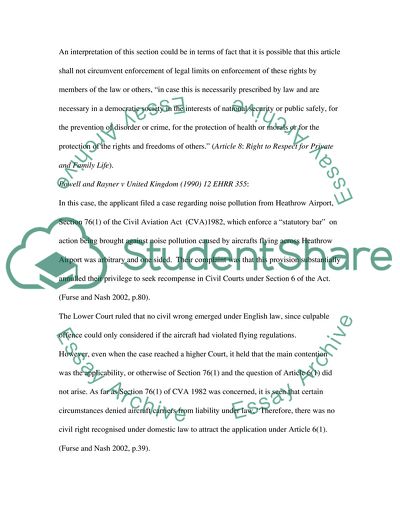Cite this document
(“Public Nuisance which the Teenage Youngsters Commit in the Essay”, n.d.)
Public Nuisance which the Teenage Youngsters Commit in the Essay. Retrieved from https://studentshare.org/law/1551267-critical-analyis-of-case-study
Public Nuisance which the Teenage Youngsters Commit in the Essay. Retrieved from https://studentshare.org/law/1551267-critical-analyis-of-case-study
(Public Nuisance Which the Teenage Youngsters Commit in the Essay)
Public Nuisance Which the Teenage Youngsters Commit in the Essay. https://studentshare.org/law/1551267-critical-analyis-of-case-study.
Public Nuisance Which the Teenage Youngsters Commit in the Essay. https://studentshare.org/law/1551267-critical-analyis-of-case-study.
“Public Nuisance Which the Teenage Youngsters Commit in the Essay”, n.d. https://studentshare.org/law/1551267-critical-analyis-of-case-study.


